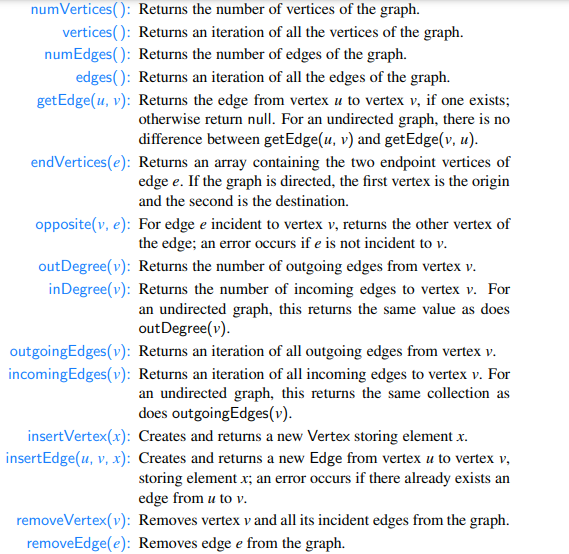Answered step by step
Verified Expert Solution
Question
1 Approved Answer
In Java implement the Graph ADT. That means implementing all the 15 functions and run your codes to create the graph in Figure 14.2. Your
In Java implement the Graph ADT. That means implementing all the 15 functions and run your codes to create the graph in Figure 14.2. Your program should print out the graph in Figure 14.2. You can use that kind of matrix in Figure 14.7 (b) to represent graph.


Step by Step Solution
There are 3 Steps involved in it
Step: 1

Get Instant Access to Expert-Tailored Solutions
See step-by-step solutions with expert insights and AI powered tools for academic success
Step: 2

Step: 3

Ace Your Homework with AI
Get the answers you need in no time with our AI-driven, step-by-step assistance
Get Started


